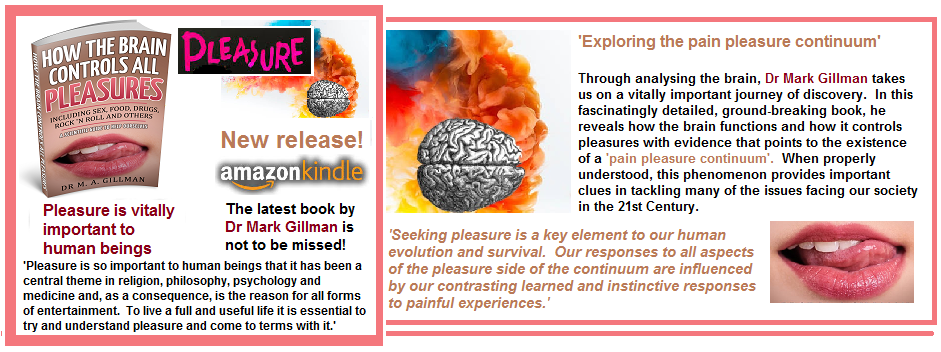Click here to get your copy of the latest book by Dr Mark Gillman!
https://www.amazon.com/dp/B07B21J7JW
computer addiction – the LSD of the 1980s
Clearly, once computers began to be used excessively and/or for nefarious purposes, a real problem started to surface. By the 1980s, possibly because of the rise in commercially available Internet access during the period 1984-1989, the incidence of addiction rose sharply. As the similarities between computer and drug addiction became more apparent, the same words were employed to describe both forms of addiction. For example, computer addiction was termed the ‘LSD of the 1980s.’ Obviously, computer addiction antedates Internet addiction, yet Internet addiction is merely a specific form of computer addiction. I shall discuss both in the present chapter, without always specifically identifying the actual type. For the sake of brevity, I shall discuss these addictions as if they were identical.
In the 1990’s, hacking became widespread, and probably as a result of the widely available access to the internet, which occurred in the previous decade. At about that time, the notion that computer hackers might also be addicts began to gain credence. In the US, when hackers were convicted by the courts, harsh sentences such as prison were imposed and various forms of treatment were given to attempt to rehabilitate those convicted of hacking.
The estimated number of computer addicts in 1997 in the USA was between 2.3 and 5.6 million. By 2005, this number had risen to between 11.3 and 18.9 million. Also, by 2005, various signs of computer addiction were suggested, which, found among these, were many of the classical signs of other addictions. In 2013, there was still a wide variation in the incidence of computer addiction from country to country. At that time, the Italian incidence was less than 1%, while in Hong Kong it was almost 28%. Such variances may be caused by various cultural differences as well as the fact that until recently, there was no generally accepted assessment tool.
The close parallels in symptoms between computer and drug addiction include loss of control, obsession, compulsion and continuation of the addiction despite negative consequences. Other similarities are physical dependency and withdrawal signs and symptoms. Though not yet classified as such, I venture to suggest that in the not too distant future the DSM classification will include computer, pornography, gambling and other forms of computer addiction under the rubric ‘Substance-Related and Addictive Disorders’ as is currently the case for gambling addiction; an idea supported by other researchers.
The lure of Facebook gets them hooked
Some researchers consider that there are various forms of computer addiction of which Internet addiction is one. These workers have presented a theoretical model based on existing research which indicates that certain individuals suffer from specific pathological Internet use (e.g. Internet pornography, gaming, social media such as Facebook or cell-phone addiction, while others are afflicted by a generalised form of Internet addiction.
For our purposes, and for reasons already mentioned, I shall consider Internet addiction merely as a form of computer addiction. Nonetheless, with Internet addicts there may be subtle differences in underlying brain function between all these various types of computer addiction that gets them hooked. For example, these differences definitely seem to apply to Facebook addiction.
Brain mechanisms underlying computer addiction
Cognitive control is simply a person’s ability to control their actions. By now, it must be clear that cognitive control, or more specifically its lack, has a strong part in the genesis of and realisation of a state of any addiction. Thus, deficiencies or alterations in cognitive control are crucial to our understanding of how any addiction develops and progresses. Similar to other addictions, computer addiction, and therefore Internet addiction, occurs as a result of changes in cognitive control.
Many believe that impulsivity occurs largely because of a decrease in cognitive control which is located in the higher centres of the brain and particularly the prefrontal cortex. The prefrontal cortex is widely connected to limbic brain areas. It connects via the thalamus to the dorsal striatum (caudate nucleus and putamen. The prefrontal cortex also connects to the nucleus accumbens and amygdala, which we have encountered throughout this book, and is closely linked to the expression of motivational pleasure states. All of these areas are important for the expression of executive functions as well as addiction.
Most of the human research on computer addiction has been conducted using Internet gamers as volunteers. Clearly, while there might be subtle variations in detail between Internet gamers and other forms of computer addiction, there will also be many similarities. In one study people were tested using the Iowa Gambling Task.

